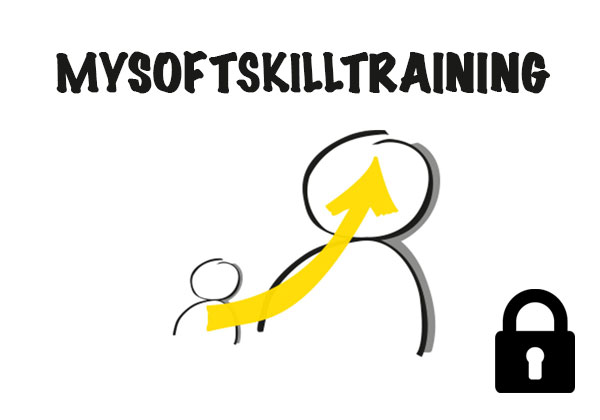COACH Correctly.
1. What is our goal?
Through facial expressions, body language, and voice, you notice: It is very important and personal.
You’ve succeeded. You’ve gained so much trust from your counterpart that they ask you: can you help me?
Now your check-in begins: With your initial questions, you want to find out if your counterpart needs you to improve something that isn’t going well today or to achieve something they aspire to. Your toolbox would be different for each.
To ensure good feedback from the coaching conversation, it’s important to describe the goal as clearly as possible beforehand and to keep expectations realistic. For overly ambitious goals, define sub-goals or stages.
In your mind, you’re already positioning yourself as the midwife, the sparring partner, or the advisor.
With us, you’ve trained in these roles and you are adept in their application.
– COACH Correctly


COACH Correctly.
2. Where are the obstacles?
The goal is as clear as possible. With the knowledge from Asking the Right Questions, you find out whether the aim is to eliminate obstacles or to create conditions. That is, to avoid or to achieve.
In the coaching role of the midwife, you completely set aside yourself, your experiences, and your competence, and focus entirely on your counterpart. Your questions are: “What is hindering you?” or “What do you need for that?” You give 100% attention and suppress your own evaluation.
When the answers are exhausted, you move into the second role, that of the sparring partner: You ask the miracle question: “And what if it were possible? What would that look like?” This way, you effortlessly soar over the obstacle your coachee has placed in their path, opening up new possibilities.
Alternatively, you identify self-limitations and temporarily disable them with the question: “Let’s assume this is a belief of yours that we could temporarily move aside like a large stone at the entrance to our treasure cave. What do we see now?”
Be cautious with the role of the advisor! Your advice can only serve as a suggestion. Briefly step out of the roles of midwife and sparring partner and always return to them.
– COACH Correctly
COACH Correctly.
3. Be specific.
Now comes the most dangerous part: Your ambition as a coach to have helped your coachee well by creating a concrete action plan with 1. 2. 3. could potentially ruin everything.
Do not underestimate what solutions have emerged in your coachee’s mind, things that were previously stuck or jammed.
Conversely, leaving the conversation with many loose ends also makes no sense.
Now it requires a final surge of energy, although it has probably been quite exhausting so far.
Ideally, you have formulated and described the goal visibly for both in Step 1 of the coaching conversation. You could summarize the essential insights and new possibilities that your coachee did not previously know. Help by paraphrasing (rephrasing in your own words). But beware! In the end, the words must be those of the coachee. You sense what truly holds value.
To COACH Correctly is a very high art. For this training, you need many other Correctly … modules as prerequisites.
– COACH Correctly

Book your training now:
Learning to COACH Correctly requires practice.
It begins with your understanding and acceptance of a methodology.
Success follows when you can apply it daily. This requires repetition. We can train you in this. Accompanying people in their progress is a fulfilling task for us.
For training in case studies, nature has given us a gift: we humans cannot pretend. A simulated situation feels real subconsciously. Our emotions during training are the same as in a real situation. Successful top athletes are aware of this effect.
The most effective feedback comes from yourself. We provide you with guidance and ensure a safe environment for this.
Empowering people is our passion. There is no task more fulfilling than supporting people in their personal development.
